Happy bunny, healthy bunny! Angora rabbits are known for their tranquility and tenderness and are perfect pets for families as well as old folks. From selecting the softest bedding to setting up a habitat of tranquility, learn about how you can meet your little hopper’s needs with comfort and care. Find out how to treat your Angora rabbit.
Read more about: Unveiling the Unique Personality Traits of Persian Cats: A Comprehensive Guide to Care-January 2024
Angora Rabbit Behavior
It is important to know how Angora rabbits act and their nature for them to be taken care of. Angora rabbits are friendly animals. Opposite to some more self-reliant rabbit breeds, Angoras enjoy socialization. They communicate with their human caregivers and bond through affectionate gestures, even recognizing when called by name. This social behavior makes them ideal pets for those people looking forward to adding a furry companion into their family who will put up with unconditional love.
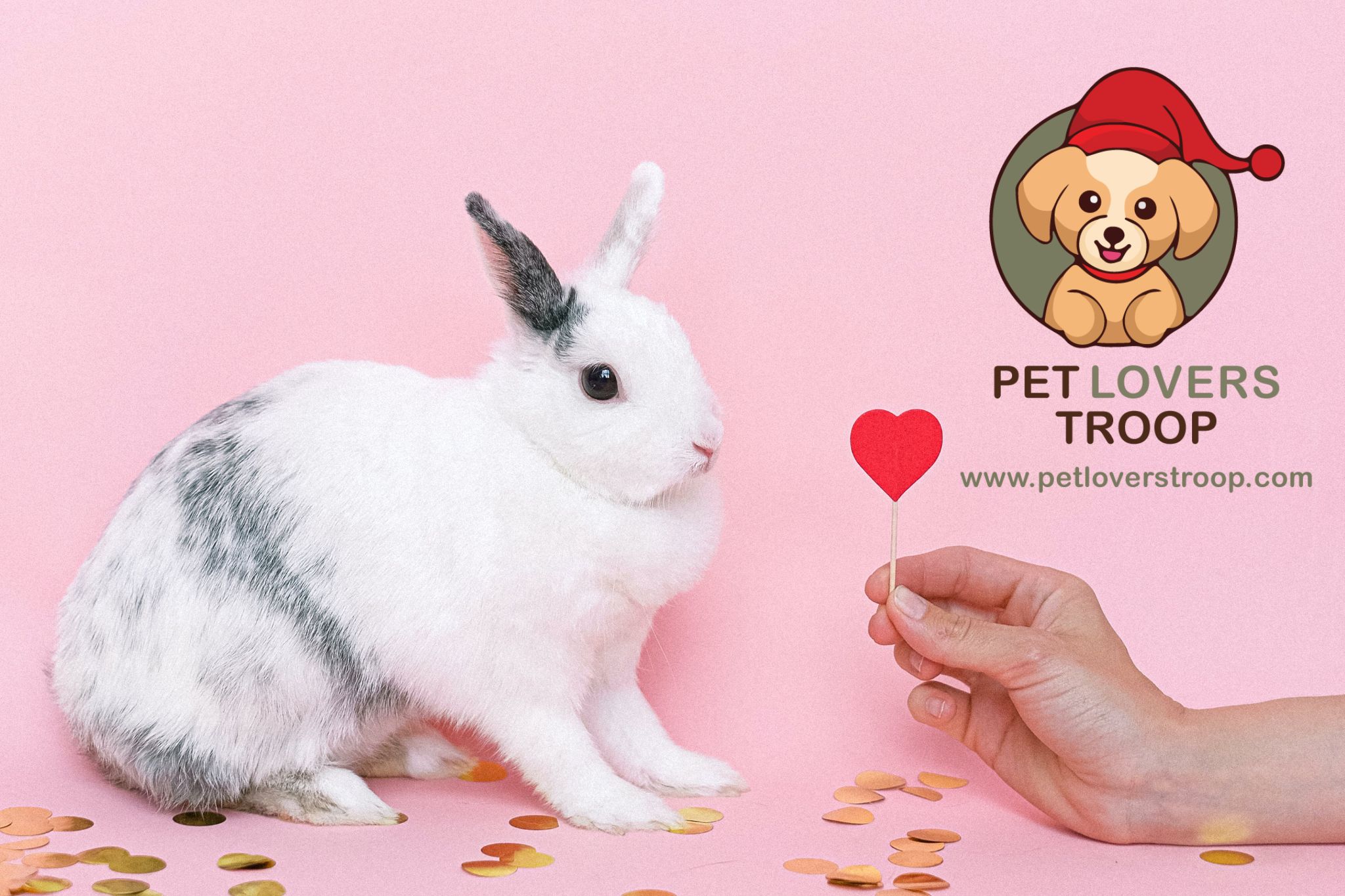
Communication through Body Language
Angora rabbits have a body language that is subtle yet rich in expression. By shaking their hind legs when scared or wiggling noses with satisfaction, these rabbits express themselves through various forms of body language. Recognition of these signals gives caregivers rich relationship opportunities with their Angora friends and creates a stress-free home for these cute creatures to live in.
Playtime and Mental Stimulation
These cute little bunnies love playing and it is a great pleasure to watch them diverting their mind. To keep them occupied, owners should ensure that they have a range of toys and activities to play with so as not to get bored or become destructive. Providing them secure hideouts for venturing and play is also essential as Angora rabbits are energetic by nature.
Read more about outdoor and indoor activities for your rabbit on Keeping Rabbits Indoors or Outdoors: Evaluating the Pros and Cons of Rabbit Houses- January 2024
Low Maintenance
Angora rabbits are not overly demanding although most of them have a playful appearance. They are self-sufficient, playful creatures who can amuse themselves or sleep when their owners do not have time to deal with other issues. Other than that, keeping a regular schedule is essential to keep them happy and stable.
Angora Rabbit Care: Angora Grooming Tips
To ensure that your Angora rabbit is in good condition, proper grooming as part of the treatment should not be forgotten. When you spend time and effort to meet the grooming needs of your fluffy friend, not only do they receive proper care but also helps in strengthening the relationship between their owner and adorable Angora domesticate.
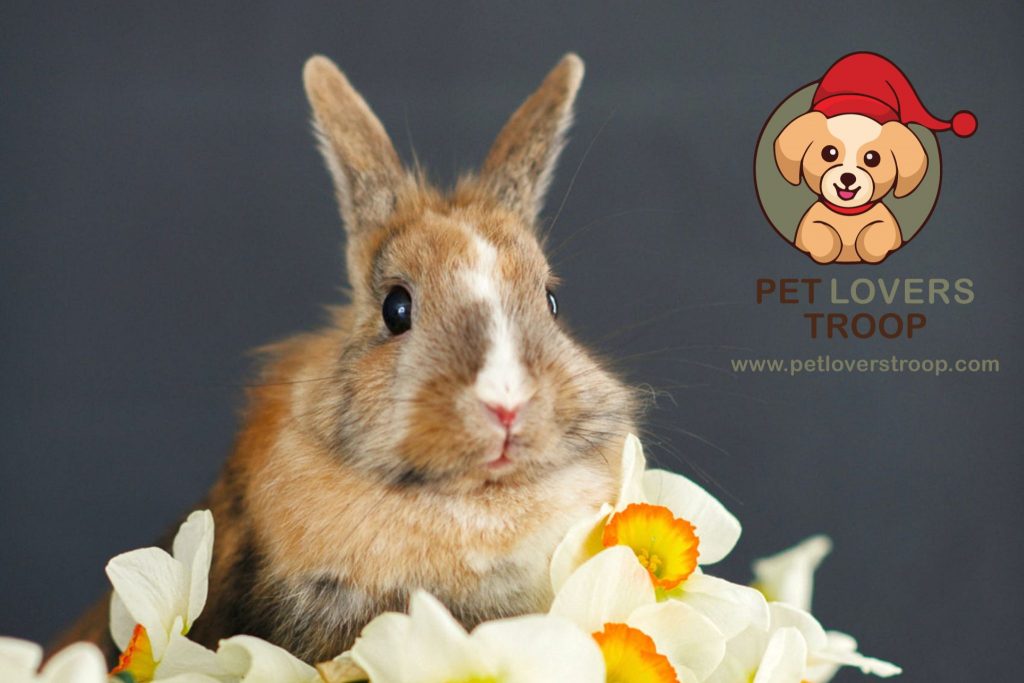
Frequent Brushing
Angora rabbits, because of their long shiny hair, require weekly combing. The speedy development of hair to about one inch per month makes it easy for this hair strand to entangle when there is no proper care and attention. First, regular brushing helps to prevent mats and leaves your rabbit’s coat with a smooth silk texture.
Learn about: Species Specific Fish Breeding: Tips, Challenges, and the Art of Successful Fish Propagation- January 2024
Trimming the Fur
Around the half-year mark, an Angora rabbit’s hair start breaking off and plaiting. It is recommended that they should keep their fur cut every three to four months because this helps them stay comfortable and also limits discomfort thereby making sure of their overall well-being. Using shears or an electric razor can help manage the length, but caution is crucial. The rabbit’s skin is thin and delicate, so it’s advisable to seek professional help from a rabbit-friendly veterinarian or groomer to ensure a safe and gentle trim.
Read more on: Planning to buy a fish aquarium? Ten tips that can help you choose the right size and type- January 2024
Check Nails
Trimming of nails is also very important for any rabbit breed and Angoras are certainly not exceptions. Long nails are not only uncomfortable but may cause health problems; thus, if your bunny has long nails all the time make a habit of trimming its claws every few weeks. However, if you are not confident in your trimming skills, ask a veterinarian or groomer to help. Remember Angora rabbits need to have their nails trimmed every four to six weeks aside from fur care.
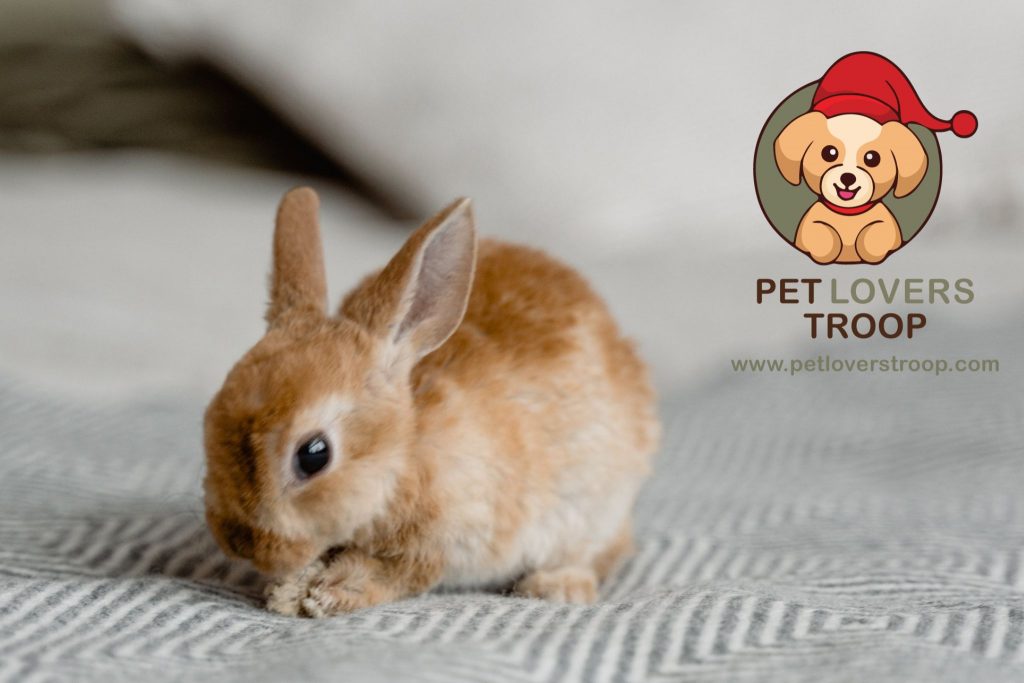
Ear Cleaning Essentials
Although long ears may be considered Angora rabbit signature trait, they have their downsides as it can lead to: wax buildup and possible infections. Routine ear cleaning, as recommended by your veterinarian, is what prevents these common problems. Choose rabbit-safe cleaning products that have been recommended by your veterinarian; this will ensure a safe and efficient routine for ear care.
Learn more about: Angora Rabbit care
This proactive ear cleaning of the Angora rabbit helps to promote their ears health, as well preventing accumulation of waxy and infections. This way, integrating this habit into your grooming plan ensures that you take care of the sanitary environment for your little rabbit. Consider it a spa session for your bunny, giving the rabbit what it needs to stay healthy and happy.
Eye Area Maintenance
Apart from these cute ears, Angora rabbits have remarkable eyes which capture your attention. On the other hand, maintaining their eye area neat is no less important. By carefully clipping the fur around their eyes, irritation from mats and potential contamination can be reduced.
With a sharp pair of small scissors, carefully trim the hair around your Angora rabbit’s eyes. In this case, the main thing is to be gentle and careful without causing any inconvenience for your rabbit. It’s like giving them a good-looking haircut, but without hurting their heads. If you feel unsure of the procedure, it is advisable to seek guidance from your veterinarian.
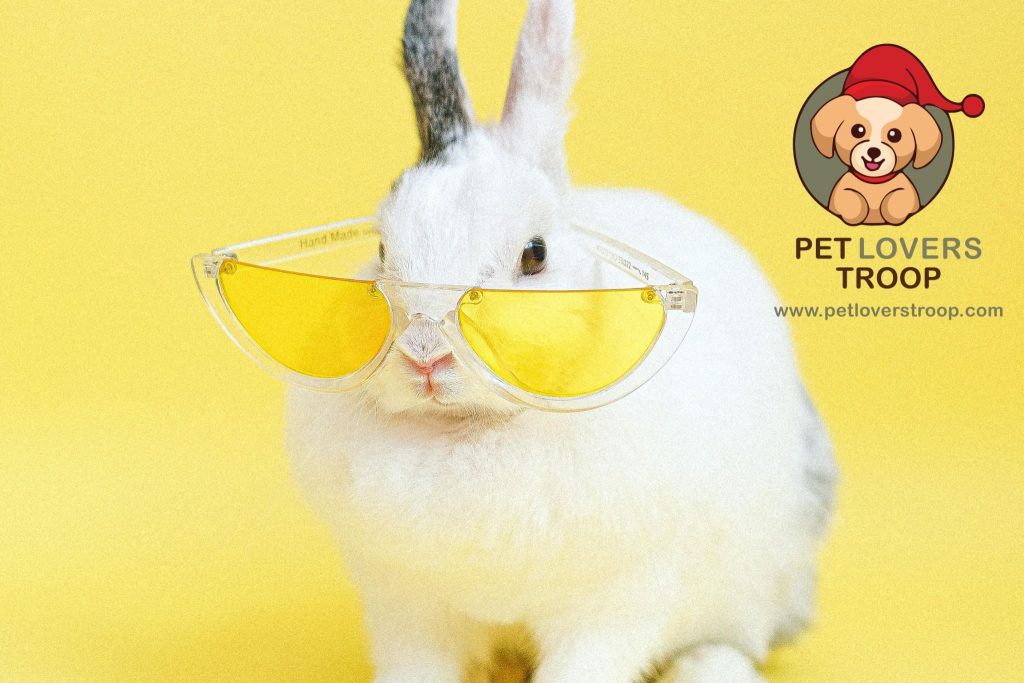
Angora Rabbit Health
Gastrointestinal (GI) Stasis
Rabbit’s intestinal system is sensitive, and GI stasis can be a silent killer. As rabbits do not vomit, it is important to notice symptoms such as no appetite and lethargy or changes in bowel.
GI stasis which is caused by food being in the same place for a long time, can be fatal. Look out for symptoms such as loss of appetite, reduced energy levels and changes in bowel movement. You must act quickly if any of these symptoms occur. Call a veterinarian immediately for professional treatment. Furthermore, prevention is better than cure.
Know more about: Traveling with a cat? Do’s and Don’ts of traveling with your furry friend that you must keep in mind- January 2024
Management
Make sure to offer a high fiber diet. Do not forget to encourage exercise in a safe playground. Maintain the level of stress low by creating a serene atmosphere. Seek emergency veterinary care if symptoms of stasis occur.
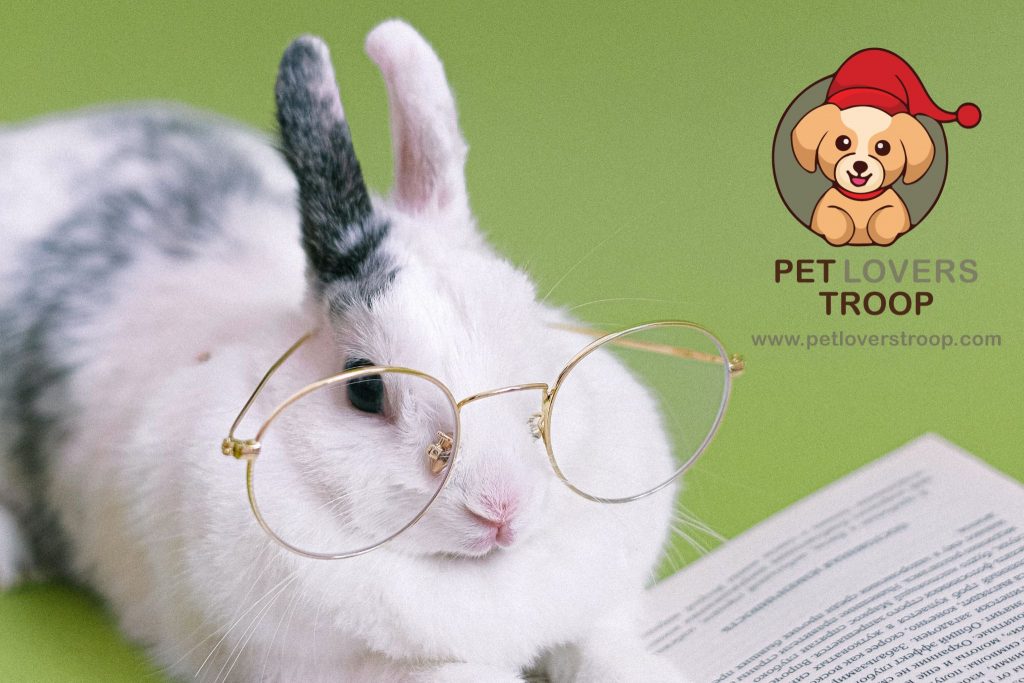
Wool Block
Angora rabbits are renowned for their soft fur, but this comes with a drawback – wool block. This happens when rabbits eat their own fur resulting in GI stasis. But with some caution, you can reduce the risk. To prevent wool block:
Regular Grooming
Remove the loose fur by brushing Angora regularly. This simple daily habit significantly helps to reduce fur ingestion.
To know more read on: Understanding Gastric Stasis in rabbits. How to treat a sick rabbit at home? January 2024
Spinal Injury
It is important to deal with your Angora rabbit gently because struggling or jumping can lead to a back injury. Signs include inactivity, tender joints of the hind limbs and paralysis.
Heat Stress
Since Angoras are characterized by thick grease fur, these animals usually get heat stress in the summer. To keep them comfortable offer:
Cool Environment: Provide a flexible and airy living setting to avoid the risk of overheating.
Fresh Water: Provide fresh water at all times including a ceramic tile in their habitat for an area to sit and cool off.
Read more about: Reptile Conservation Imperative and Powerful Impact: Exploring the Urban Wilderness: January 2024
Parasites
These include wool mites and Encephalitozoon cuniculi (E. cuniculi). Itchy skin is caused by wool grubs and, in both cases requires immediate medical attention. Furthermore, disinfection of the environment is required to prevent re-infestation.
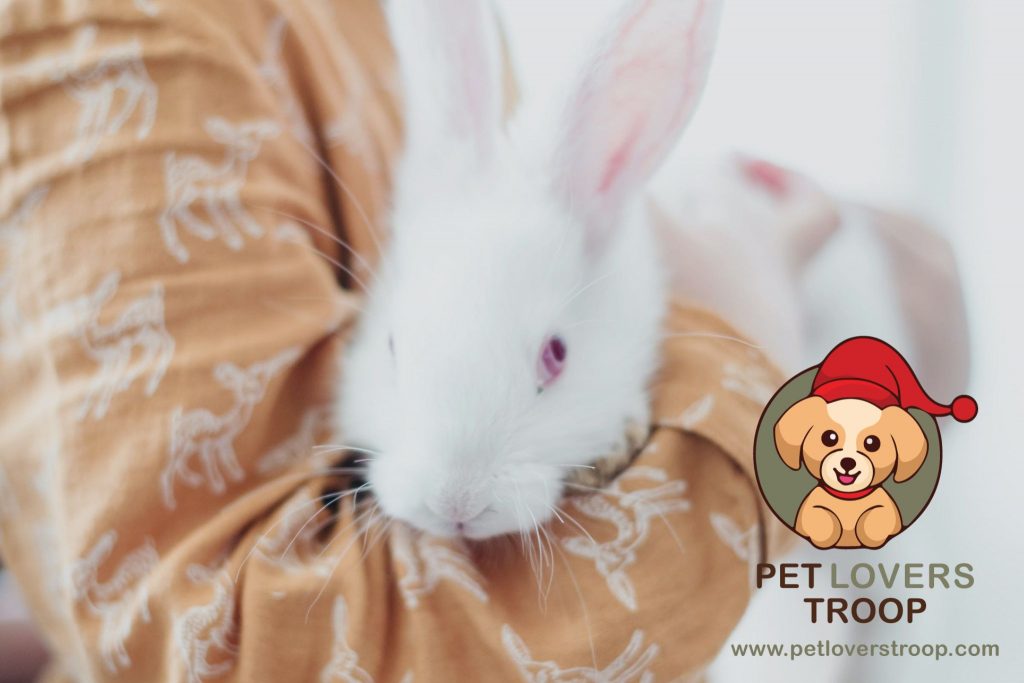
Angora Rabbit Diet
The Fiber Foundation
The key element in any nutritional menu for an Angora rabbit is fiber. It forms the foundation of their digestive health and also counteracts the needed attrition of teeth. The primary objective should be for hay to comprise at least 70% of their daily intake as a steady source of fiber supporting health.
Learn about: Dog Training: Ten Essential Commands Every Dog Should Know- January 2024
Fresh Vegetables
To upgrade their nutritional status, add fresh vegetables to their daily meals. Vegetables like bell peppers, broccoli, cucumbers and leafy greens are not only safe but also brim with essential nutrients. On the other hand, watch out for fruits since they have high sugar and restrict them to avoid health problems.
Read more about: Epileptic Seizures in dogs: Symptoms, associated risks and how to comfort them- January 2024
Hay Variety
As timothy hay is considered a preferred staple food, diversification of their feed with other varieties will add nutritional taste to the dietary habits. Orchard or meadow hay can be ideal supplements offering a wide range of nutrients and avoiding dietary monotony. Keeping your Angora rabbit engaged with different hay varieties contributes to their overall well-being.
Angora Rabbit Housing
First, ensuring an accommodating and safe habitat is important for a healthy Angora rabbit.
Read more on: Decorating fish tank: How to Create a Stimulating Underwater Paradise for your Fishes- January 2024
Spacious Enclosure
Make sure that your Angora has an open cage or hutch where he/she can move freely. Provide adequate ventilation to avoid breathing problems.
Bedding
Employ soft and dust-proof bedding materials like hay or straw. Provide a suitable nest, like an enclosed box that is full of hay for the comfort of Angoras.
Temperature Control
Keep the temperature around your rabbit’s habitat steady. The Angora is vulnerable to warmth, so avoid placing your living area in the sun or near a heater.
Read more about: Understanding Amazing Siamese Cat Behavior and How to Litter Train them at Home- January 2024
Angora Rabbit Comfort
Making one feel comfortable goes further than providing shelter. Pay attention to the following aspects:
Enrichment
Provide your Angora with toys, tunnels and other stimulating activities to keep it entertained. Boredom causes poor behavior.
Quiet Space
Angoras enjoy peacefulness. Place them in a tranquil environment to minimize stress.
Read more: Are Reptiles Social? Understanding Socialization of Reptile Pets- January 2024
Angoras are social creatures. To build a strong connection, be sure to spend quality time with your rabbit. To ensure that your fluffy pet lives a healthy life, you need regular exercise.
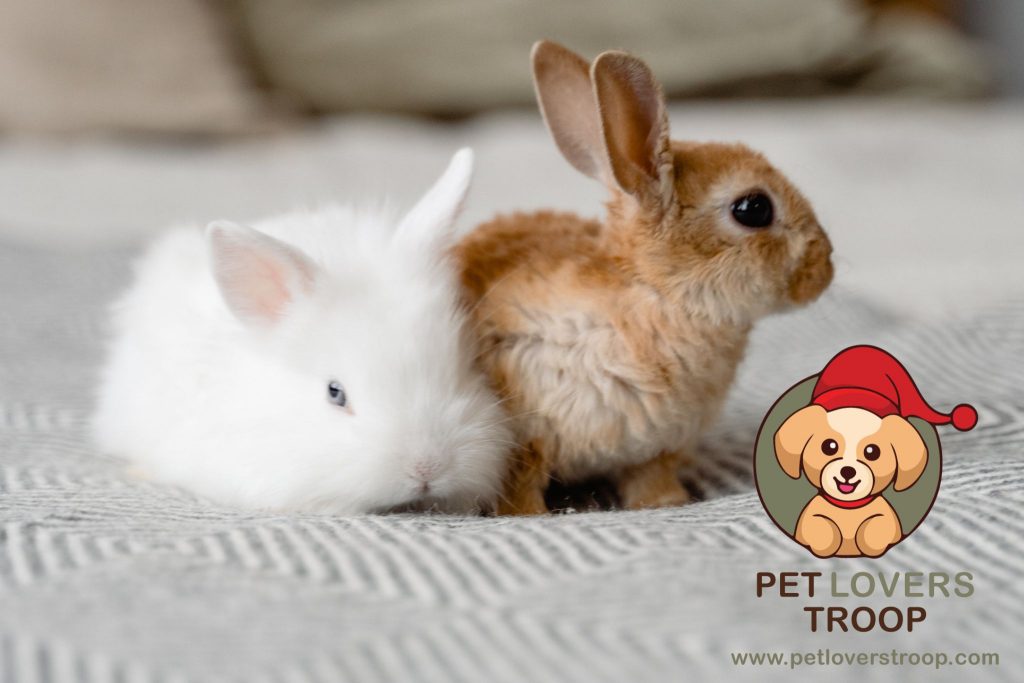
Hopscotch Hops (5-10 minutes)
Incorporating hopscotch hops as part of rabbits’ routine is an excellent idea since these natural jumpers can burn their enormous energy with such exercises.
Tips
Provide a safe and comfortable environment, preferably with an adequate soft surface and allow your Angora to jump. This should be done through treats and making it an exciting experience.
Learn about: Winter care guide: How to look after a sick kitten in winter- January 2024
Binky Time (5-8 minutes)
Binkying brings the glow of happiness in a rabbit’s life where they jump high and bend their bodies.
Tips
Provide a secure and free environment for your Angora to release their joyful binkies. This does not only act as a form of exercise but also promotes the release of energy that is pent up.
Obstacle Course (15-20 minutes)
Create a simple obstacle course using bunny-friendly materials such as tunnels and ramps. Lead your Angora rabbit along the path, letting them go their way. This exercise improves their coordination and keeps them active.
Also check out: Parrot Behavior and Training- Exploring their Unique Personality Traits and Characteristics – January 2024
Tips
Please note that although exercise is essential for the rabbit’s wellbeing it should never be used to disregard its safety. Make the playground safe, and observe their activities.
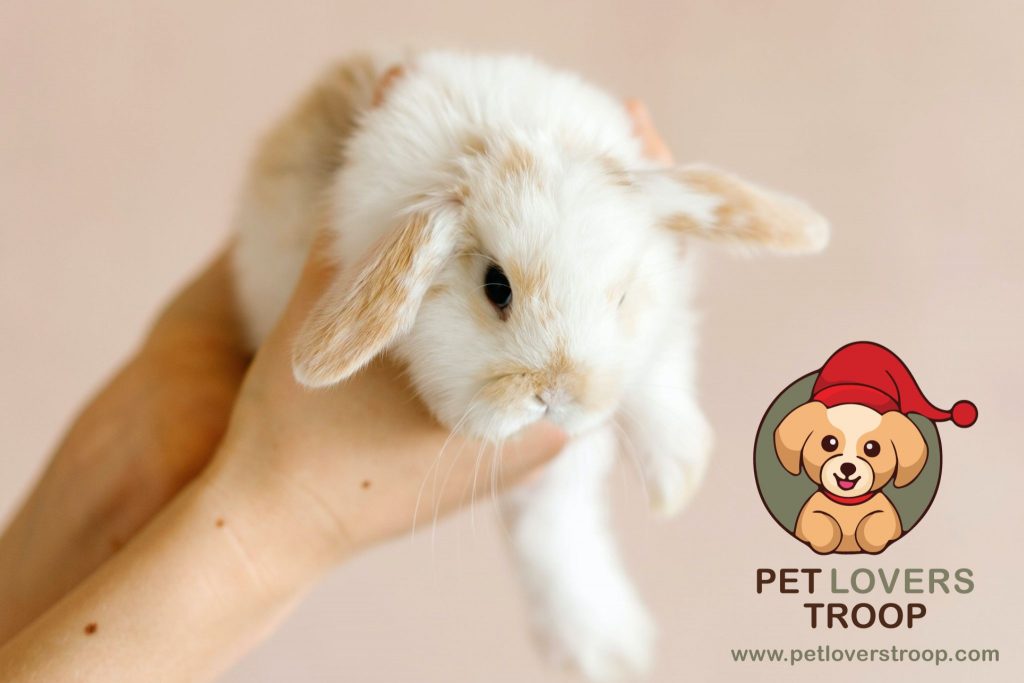
Fun Facts About Angora Rabbits
Not Just One Kind
There are six distinct breeds. Each one has a specific type of fur and temperament. From the silky locks of French Angora to English wooly mane there is an angle for every fancy.
Read more: Keeping Rabbits Indoors or Outdoors: Evaluating the Pros and Cons of Rabbit Houses- January 2024
Fiber Fantastic
Angora wool is one of the softest and warmest natural fibers available in this world. It is also used in producing high-end clothes, and blankets and synthesizing yarn. Therefore, next time you snuggle up in some comfy Angora sweater to keep warm, do a mental Thanksgiving for these fluffy fashion trendsetters!
Also read about: Understanding Gastric Stasis in rabbits. How to treat a sick rabbit at home? January 2024
Royal Roots
The history of angora rabbits stretches back to ancient times. It used to be a favourite of royals and aristocrats, whose wool was suitable for the king’s (or queen)’s garments.
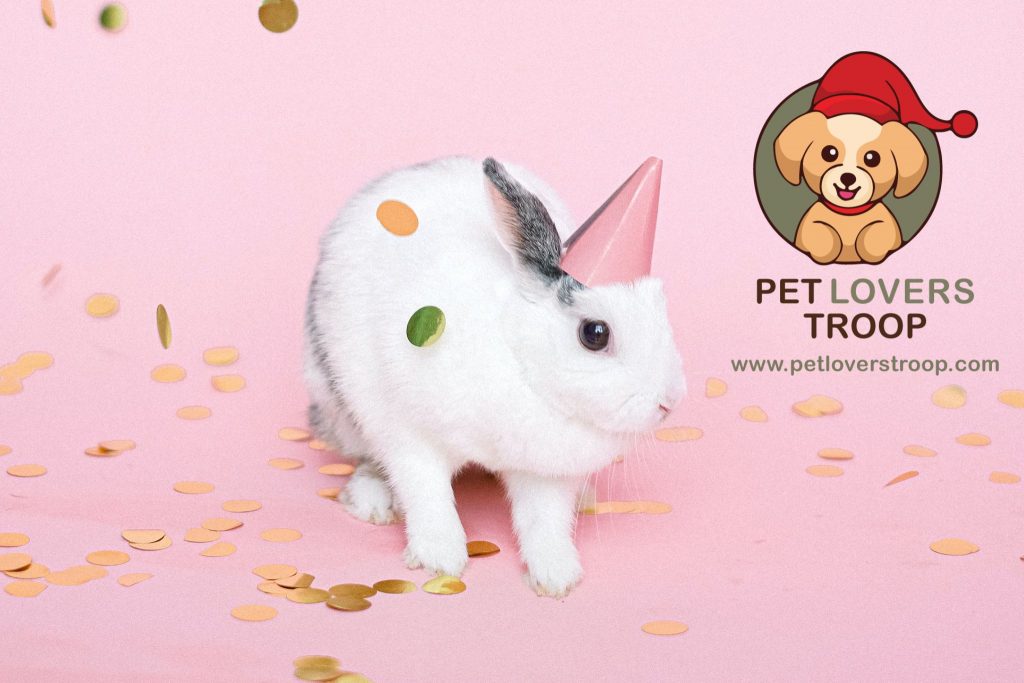
Conclusion
Treating an Angora rabbit is not a walk in the park, it requires commitment and skill. By following these guidelines on grooming, housing, health, comfort, diet, and exercise, you’ll be well-equipped to provide a loving and supportive environment for your fluffy friend It is important to understand, that each rabbit has its characteristics and needs. Therefore, you should know about your Angora’s preferences so to not miss anything during feeding or daily routine affairs. Cheers to a happy life with your lovely Angora friend!

